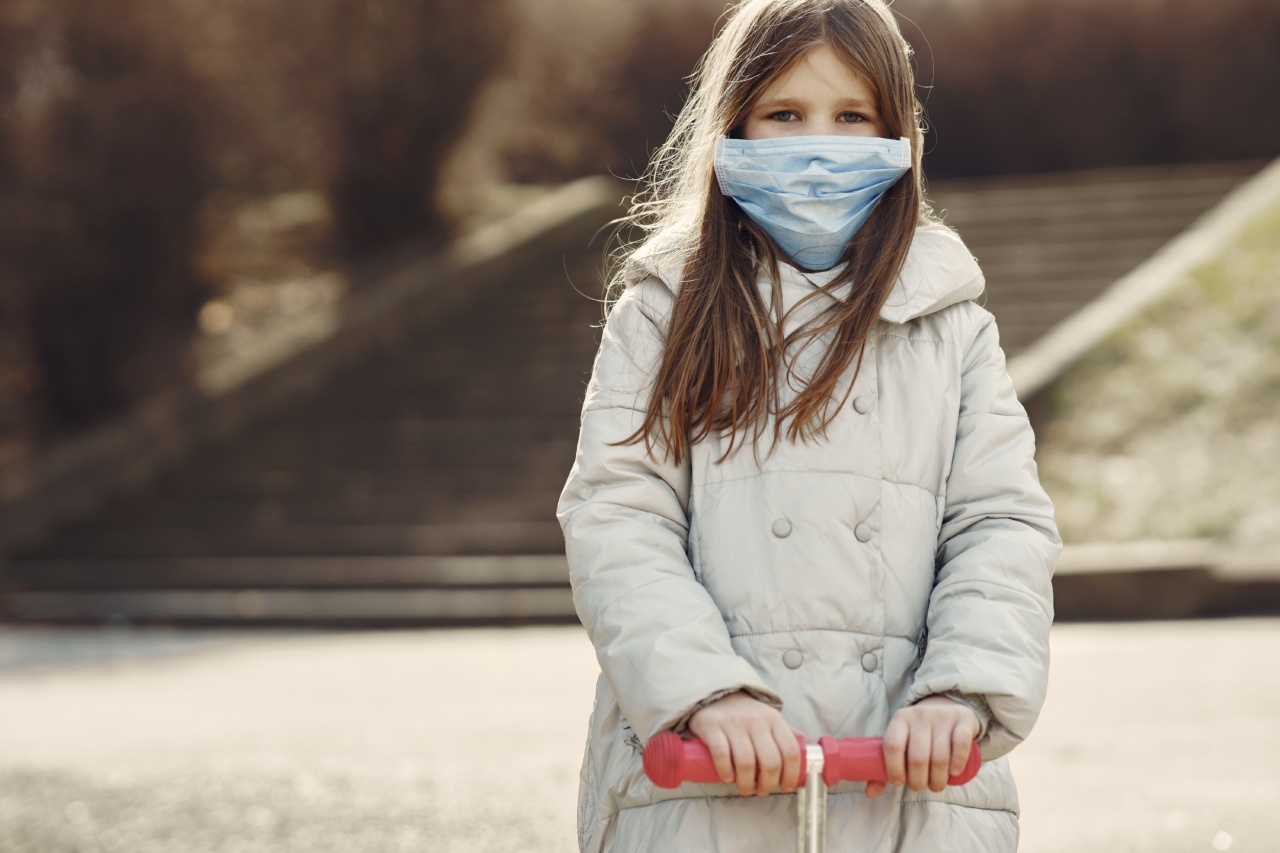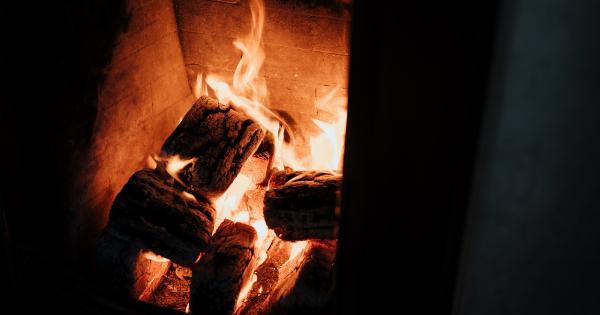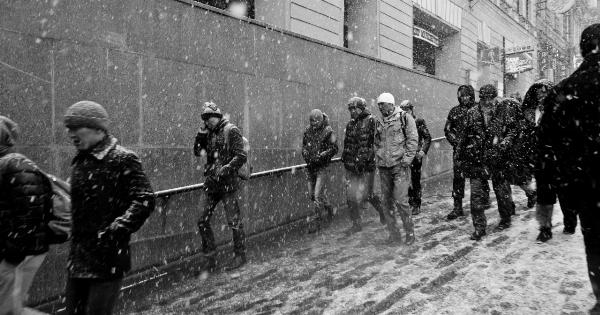Winter can be a picturesque season with snow-covered trees, ice skating, and hot cocoa, but it can also bring hazards that threaten your safety and comfort.
Snow, ice, and freezing temperatures can turn into deadly conditions, and it’s important to know how to stay safe and warm during the winter months.
Tip #1: Dress in Warm Layers
You’ve probably heard the phrase, “dress in layers,” and it’s for a good reason. Wearing multiple layers of clothing traps warm air between them and provides better insulation than one bulky layer.
The layer closest to your skin should be moisture-wicking to keep you dry. The next layer should be warm insulation like wool or fleece, and the outer layer should be a waterproof jacket to protect you from moisture and wind. Don’t forget to wear a hat, gloves, and warm socks as well.
Tip #2: Don’t Forget to Hydrate
In the winter, your body loses moisture through your breath, even in cold temperatures. Therefore, it’s important to drink enough water to keep you hydrated. Drinking warm fluids can also help keep your body temperature up and prevent hypothermia.
Tip #3: Keep Your Home Warm and Safe
Nothing is worse than coming home to a chilly house after being outside in the cold. Keeping your home warm is essential to your wellbeing.
Make sure your furnace or heating system is in good working order, and consider investing in a space heater or electric blanket for extra warmth. It’s also important to check your smoke and carbon monoxide detectors and replace batteries as needed.
Tip #4: Be Prepared for Power Outages
Winter storms can cause power outages, so have a plan in place for what you’ll do if you lose power. Stock up on non-perishable food, water, and supplies such as blankets, flashlights, and batteries.
Charge all electronic devices in advance, and make sure you have a backup phone charger. If you depend on medical equipment that requires electricity, have a backup plan in case of an outage.
Tip #5: Take Care When Shoveling Snow
Shoveling snow can be a killer. Every year, thousands of people are injured or die from shoveling snow. It is an intense physical activity that can put a strain on your heart, so take frequent breaks and listen to your body.
Use a small shovel and take small scoops of snow instead of trying to lift large amounts at once. If you’re not physically fit or have health issues, consider hiring someone to shovel your driveway and sidewalk for you.
Tip #6: Watch Out for Ice
Walking on ice can be treacherous and cause serious accidents. Wear shoes or boots with good traction, and take small steps on icy surfaces. Use handrails when available, and avoid stepping on black ice, which is almost invisible and can be very slippery.
If you’re driving, reduce your speed and increase your following distance to give yourself extra time to stop.
Tip #7: Stay Alert While Driving
Winter driving can be challenging due to snow, ice, and reduced visibility. Make sure your car is equipped with snow tires or chains, and keep your gas tank full in case you get stuck in traffic or have to detour.
Slow down, and leave extra room between vehicles. Avoid sudden turns or stops, and use your headlights and turn signals. If the weather is too severe, consider delaying your trip or staying home.
Tip #8: Know the Signs of Hypothermia and Frostbite
Hypothermia and frostbite are two serious conditions that can occur if you’re exposed to cold for too long. Hypothermia is a dangerous drop in body temperature, and symptoms include shivering, confusion, drowsiness, and slurred speech.
Frostbite is the freezing of skin and underlying tissues, and symptoms include numbness, tingling, bluish or pale skin, and blistering. If you experience any of these symptoms, seek medical attention immediately.
Tip #9: Check on Elderly or Vulnerable Neighbors
Older adults, children, and people with chronic health conditions are more vulnerable to the cold weather. Check on your elderly or vulnerable neighbors to make sure they are warm and have enough food, water, and supplies.
Offer to help shovel their driveway or run errands for them if needed.
Tip #10: Enjoy the Winter Season
Despite the challenges that winter can bring, there are many fun activities to enjoy, like skiing, ice skating, and sledding. Take advantage of the season and have some fun, but remember to stay safe and warm.






























